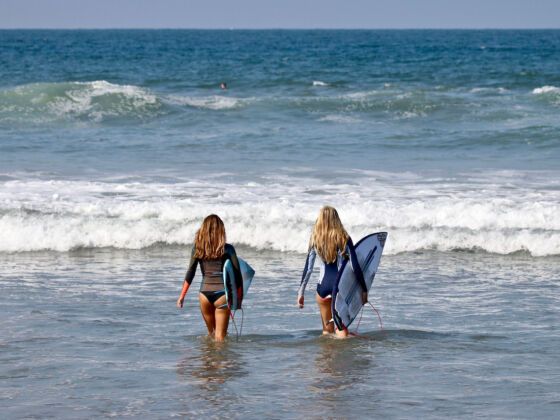ASTURIAS, THE PROVINCE on the northwestern coast of Spain just east of Galicia and west of Cantabria, is a narrow strip of mountains and coast line, creating steep cliff drops to the Atlantic Ocean.
The whole coast is a series of cliffs giving way to scallop-shaped sand or pebble beaches.
A province of misty green mountains, blue waters, bagpipes, prehistoric caves, Bronze Age dolmens, Iron Age Celtic settlements, and pre-Romanesque churches, Asturias is unlike other parts of Spain. Amidst this ancient smorgasbord, there are dozens of surf spots, some famous but most only known by the locals.
